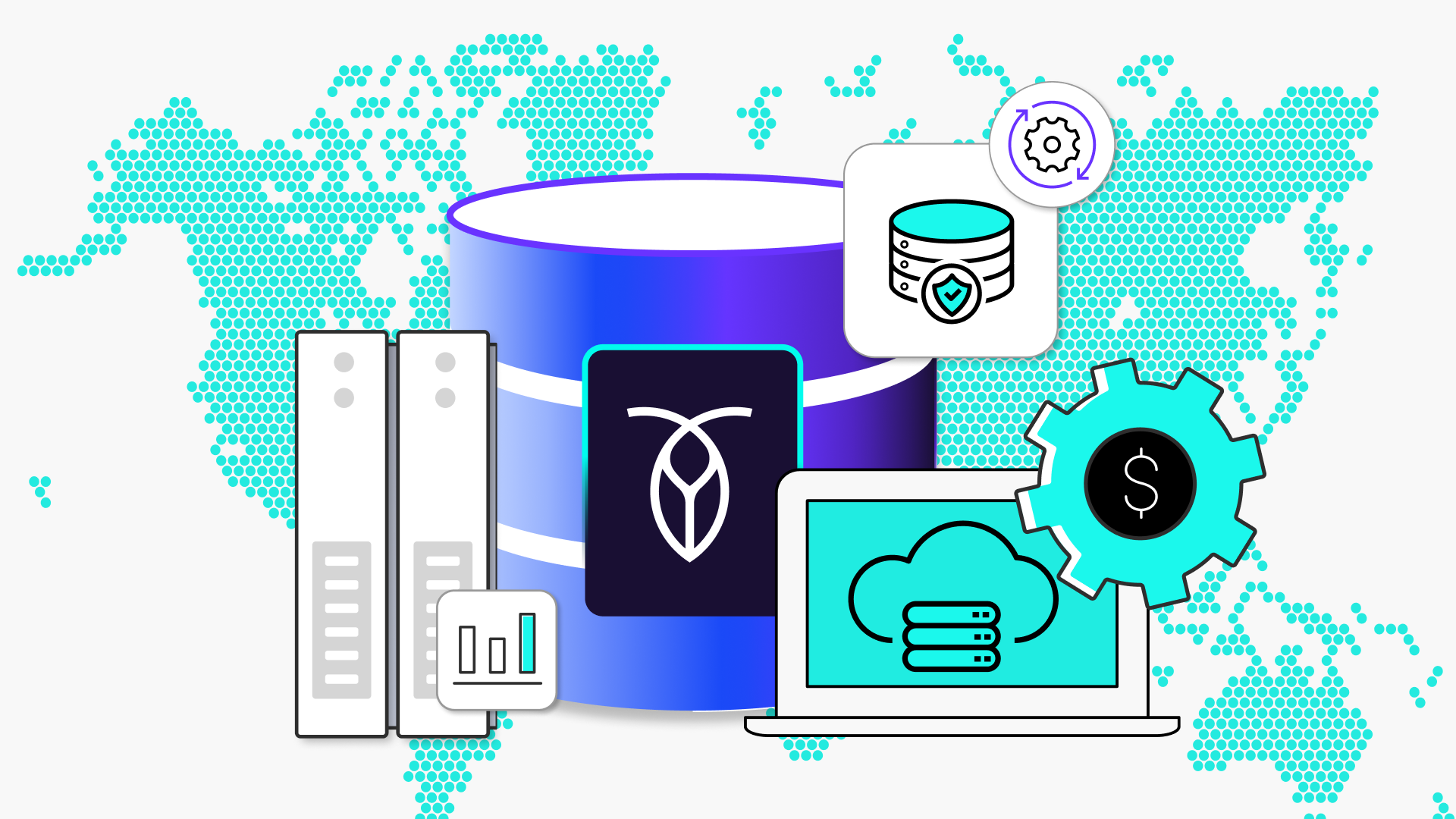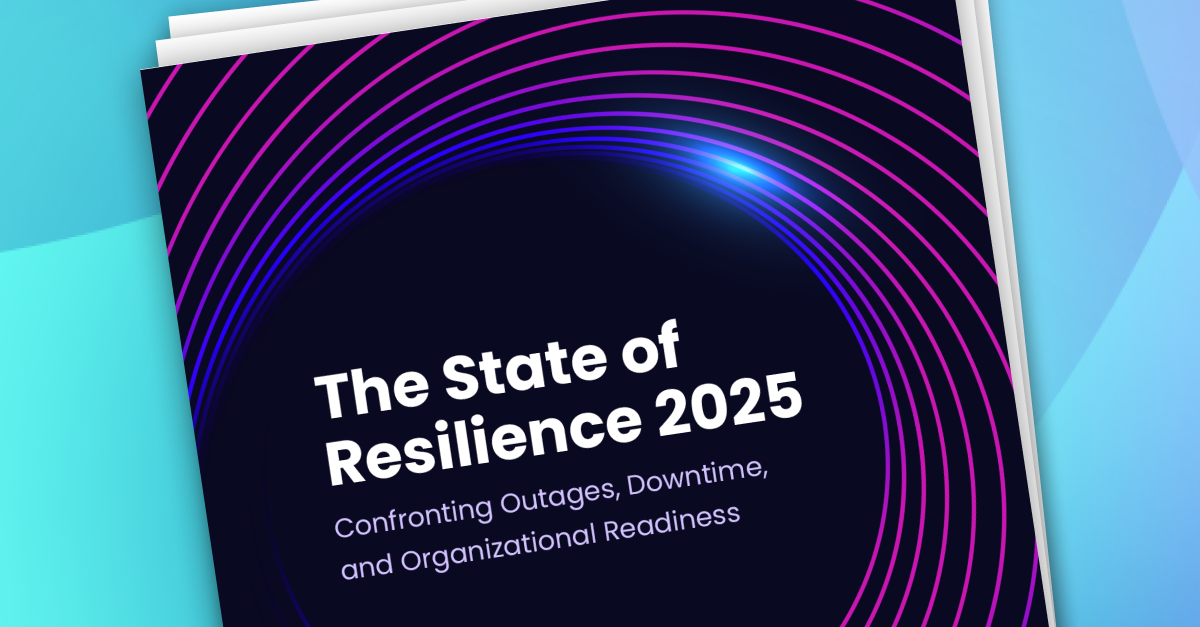High-profile outages and performance constraints underscore the acute need for systems capable of adapting to the modern world. Take the recent Crowdstrike outage, which affected various industries, including finance, healthcare, and notably aviation: Thousands of flights were cancelled, and many hospitals worldwide had to cancel non-emergency procedures as they were unable to access patient data.
It took hours for the bug to be found and cost companies billions of dollars. The crisis demonstrated how efforts to modernize legacy database solutions have been insufficient, fundamentally lacking the architecture needed to deliver global scale and resilience.
How did we get here? A call for inherent resilience
Despite the widespread adoption of cloud technologies, many large enterprises still rely on on-prem data centers and legacy platforms. This is part of a technology debt incurred because transitioning off of these systems poses significant challenges. Making the shift to hybrid and cloud deployments is a necessary but sometimes daunting step toward modernization that can no longer be deferred. And with today’s rate of innovation, it’s more possible than ever before.
Check out the full conversation with Peter Mattis, Cockroach Labs’ co-founder, CTO, and CPO, on inherent resilience to learn more.
The race for generative AI adoption is further accelerating the need for better distributed database systems. To take full advantage of this tech companies require robust, adaptable, scalable, and resilient database solutions that can support evolving application needs and operational efficiency. Vector database technology is integrally intertwined and dependent upon SQL-based databases to store logical data points used in the LLM response. Legacy databases simply do not and cannot keep up with these intensive on-demand, real-time data requirements.
Additionally, regulations like the EU’s Digital Operational Resilience Act (DORA), The Bank of England’s Prudential Regulation Authority (PRA), GDPR and more further highlight the need for global databases that can meet regulatory standards in regions around the world. A multi-cloud strategy offers clear agility and flexibility to move applications between clouds – and its future is already being embraced. This further validates the need for cloud-agnostic platforms that ensure interoperability across different service providers.
Database modernization in 2025
"Modernization" has taken on many forms as technology has evolved over time. Technology that used to be innovative, might not be able to handle today's challenges. Today, to be a modern, future-forward enterprise, database modernization has to involve operational resilience. Database modernization is a tailored process that varies for each organization. The Architect's Guide to SQL Database Modernization provides a step-by-step roadmap to help organizations navigate their unique data modernization journey.
The guide shows enterprises how they can progressively enhance their SQL database infrastructure deployment maturity, including on-prem and hybrid, with cloud deployments that range from single-region to a resilient, highly flexible multi-cloud strategy. It outlines a three-step framework: Design, Implement & Migrate, and Validate & Optimize, which is based on Cockroach Labs experts’ real-world insights and experiences. The Architect's Guide to SQL Database Modernization demystifies SQL database modernization by providing practical, actionable steps for creating a future-ready database infrastructure. Download our guide today to learn more.
The State of Resilience in 2025
We recently published The State of Resilience 2025, which highlights the urgent need for operational resilience in the face of costly outages. The report, based on a survey of 1,000 senior technology leaders, reveals that 79% of companies are not prepared to comply with new operational resilience regulations like DORA and NIS2. Additionally, 95% of executives are aware of existing operational vulnerabilities, yet nearly half have not taken action.
The report uncovers the significant financial impact of downtime and its alarming frequency across organizations. It also explores cutting-edge strategies for enhancing operational resilience, including AI-driven automation, distributed systems, and proactive resilience testing. The findings emphasize that in today's rapidly evolving digital landscape, operational resilience is not just an option – it’s a necessity.
Download the full report to gain insights and strategies to safeguard your business in 2025.
A resilient future
Particularly at this inflection point of innovation, the choices we make today will shape the trajectory of tomorrow’s innovations. At Cockroach Labs, we continue to dedicate our time towards empowering enterprises with solutions that transcend the past’s constraints and embrace future possibilities. Much like previous pioneers led the way for us, we are excited to continue stewarding a future of operational resilience and excellence.










